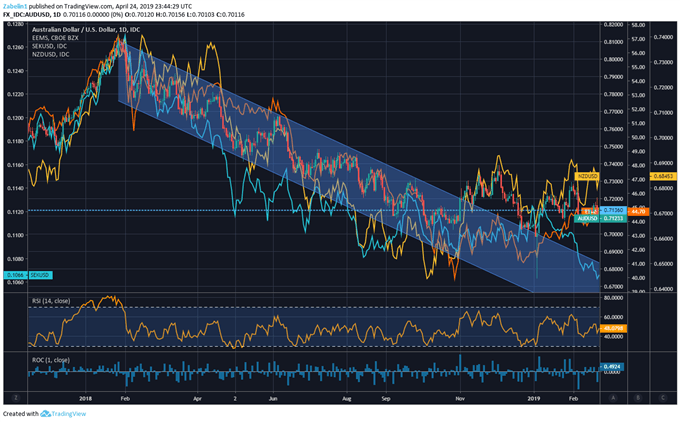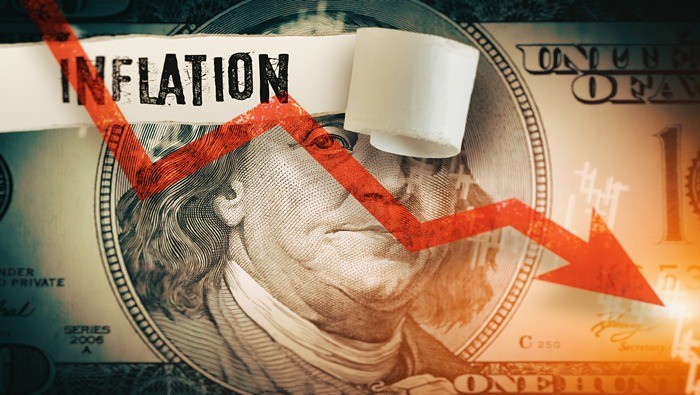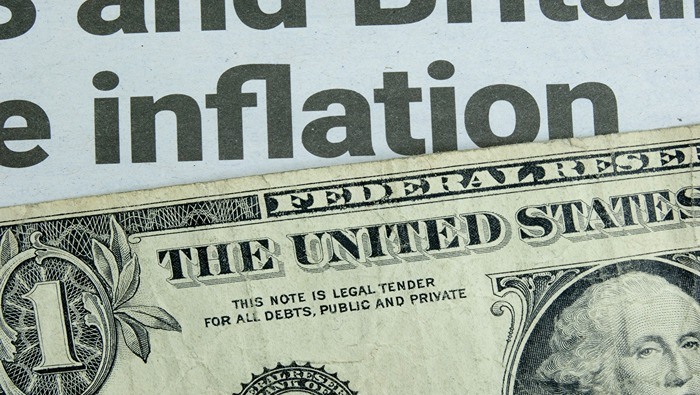TALKING POINTS - BOJ MONETARY POLICY, US-JAPAN TRADE TALKS, TRADE WARS
- Taro Aso, Steven Mnuchin meeting in Washington on Thursday
- Both representatives will be discussing future trade relations
- Will the BOJ’s monetary policy be a point of conflict in the talks?
See our free guide to learn how to use economic news in your trading strategy !
The Bank of Japan (BOJ) will be paying unusually close attention to trade talks between Japanese Finance Minister Taro Aso and US Treasury Secretary Steven Mnuchin. Aso will be arriving in Washington on Thursday to discuss trade relations to avoid entering into an economic spat with the US. Currency manipulation is widely anticipated to be discussed and may be point of concern that puts both powers at odds with each other.
For thirty years, Japanese policymakers have struggled to maintain inflation consistently above the central bank’s two percent target. The BOJ has launched several policy measures aimed at boosting inflationary pressure – the titles of which grew to grammatically monstrous lengths. The current program is called: Quantitative and Qualitative Easing with Negative Interest Rates and Yield Curve Control.
Consequently, the stimulative measures have resulted in a weaker Japanese Yen and this is where the cross-roads between US trade policy and Japanese monetary policy may come into conflict. Mnuchin has stated that in any trade deal reached with Japan that there be a provision put in place to inhibit currency manipulation. The idea being to avoid a situation where one country keeps a currency weak in an effort to boost exports.
The White House is looking to close the gap on the US trade deficit with Japan and has leveraged threats of auto tariffs – a similar tactic used against Germany. This is part of the White House’s broader campaign of redesigning 21st century global trade relations with an aim at reducing the US’s trade deficit on all trading fronts including China and Europe.
Following the talks between Aso and Mnuchin, on Friday there will be a summit held at the White House between Japanese Prime Minister Shinzo Abe and President Donald Trump. The trade negotiations between the two representatives may then set the stage for higher-level negotiations between the two leaders. For Trump, these trade talks have multi-dimensional consequences.
A factor that may complicate the negotiations is the USs unilateral decision to end all Iranian oil-importing waivers to countries that were previously clients. Japan has dramatically reduced its consumption of oil coming out of Iran. The cooperation may be used as leverage in trade talks, showing that Tokyo has already made concessions to the White House’s oil policy toward Iran.
On the one hand, with the 2020 election coming up, proclaiming victory in trade deals would surely be a feather in his cap and would reinforce his image as a master dealmaker. If he reaches an agreement with China, this might then reinforce his method of employing tariff techniques in achieving trade deals. This could then put the Japanese economy – and global financial markets – at risk of another trade-related headwind.
In the event of a US-Japan trade war, the Japanese Yen and US Dollar may rise as a result of increased demand for haven assets at the expense of sentiment-linked assets. These would include the Australian and New Zealand Dollars, Nordic and emerging market assets as well as other currencies that are tied to export-driven economies that rely on global demand.
AUD/USD, NZD/USD, Emerging Markets ETF, SEK/USD – Daily Chart
Height of the US-China Trade War in 2018

Note: Swedish Krona-US Dollar crosses are conventionally quoted as USD/SEK.
Conversely, with the global economy showing greater weakness and financial vulnerability, another trade war may weigh on growth and hurt his constituents that are reliant on healthy global demand for US goods. Trump will have to tip toe this line carefully, and global markets will be waiting with baited breath to see how or if “Tariff Man” will strike again.
FX TRADING RESOURCES
- Join a free Q&A webinar and have your trading questions answered
- Just getting started? See our beginners’ guide for FX traders
- Having trouble with your strategy? Here’s the #1 mistake that traders make
--- Written by Dimitri Zabelin, Jr Currency Analyst for DailyFX.com
To contact Dimitri, use the comments section below or @ZabelinDimitri on Twitter







